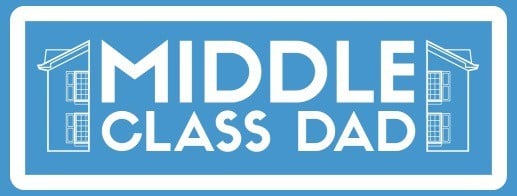
Anything made with glass adds a classy and pristine look to the place. Whether it’s an entire piece like table décor or a complementary role like shelving. If you want to add more shelving room to your bookshelf, wall, or desk without compromising on the aesthetic of your space; glass is the way to go.
Not convinced? Let’s weigh the ups and downs of decluttering your home.
Why use glass shelves when wooden shelves are also available?
Glass shelves are known for providing space to work without affecting the spaciousness of the room. Wooden shelves make the room feel compact and clouded due to their opacity whereas glass shelves don’t have this effect owing to their transparency.
Secondly, glass as a material is extremely durable.
Shocking right? Contrary to popular belief, glass can actually withstand quite a hefty load before giving way. Tempered glass can hold up to a 100 pounds per shelf because of its high melting point. Wooden shelves get weaker in the middle as the length of the board increases and are definitely not a good idea for long shelves that have to bear heavy objects.
Thirdly, glass helps brighten up the area and is great for illuminating the corners of the room as it allows light to pass freely through it. Good luck doing that with wood.
Additionally, glass can be used as a divider in small spaces allowing you to examine the contents behind the divider without actually opening it. Useful for frequently opened cabinets.
Finally, no better reason to pick glass than for the classy and luxurious touch it provides. In stark contrast to its raw material(sand), glass is seen as an elegant and lavish item in all places around the world. Want to exude an appealing ambiance? Use glass!
The only downside to using glass is the cost.
Glass can be quite expensive when compared with relatively cheaper wood. So, if you want to achieve that upscale look and are not afraid to blow a few bucks, then glass is the way to go. Look at it this way. Glass can withhold its attractive exterior longer than wood as it is easier to clean and polish compared to wood, which quickly loses its shine. Invest a little more now to save costs in replacement later.

Where can these glass shelves be used?
Floating glass shelves can be used in a variety of scenarios including your kitchen, office, library, living room and bathroom. Give your office an official feel or spice up your kitchen with some custom-made glass shelves featuring engraved chilies or whatever fits your mood.
Kitchens are usually organized to portray a light and airy atmosphere. Wooden shelves can easily ruin this aesthetic while glass shelves naturally fit in. Decking your office with glass shelves is another thing. Offices sport a lot of wooden equipment and the only thing that compliments wood is more wood.
Take care to ensure your glass shelf fits in with the rest of the furniture before buying a ton of glass. Bathrooms are also great for glass, since your mirror and toothbrush holder is always made of glass. Also, the humid environment of the bathroom can quickly affect the durability of wood causing it to rot.
This never happens with glass. Furthermore, the spacious aspect, as discussed earlier, really comes into play here as bathrooms are generally quite small.
Glass shelves are perfect for stacking books or displaying mementos. A single shelf in your living room with fancy little souvenirs placed on it can add an incredibly charming aura to the house.

How to fix glass shelves on the wall for minimalistic design?
Glass shelves are extremely easy to install in a way that enhances your space. Just follow the six easy steps below:
- Mark the wall. Most glass shelves include a template which you can use to properly mark spaces on the wall where you will need to cut. Use a pencil so you can easily erase any incorrect markings.
- Get to drilling. Carve out the spaces you marked earlier using a drill to start off the groove, then a wall saw to clear it out. Be extremely cautious so as to not cut any excess. Or else the glass shelf will fit loosely and possibly fall off.
- Test the fit. Check to see if it fits properly. If its loose, DON’T PROCEED. If it’s too tight, avoid force-fitting it.
- Plug it in. This part is easy and doesn’t require any explanation. Just place it in.
- Caulk it off. Caulking is a pretty good way to cement your shelf firmly in place.
- Clean up! Wipe off the excess adhesive and clean your shelf with a soft cloth and glass-cleansing liquid if you have one. They’re available quite easily in any market.
An important thing to note is that, although the glass may look weak or unstable, it actually holds quite strongly to walls and is capable of withstanding considerable amounts of pressure. Spruce up your home with these graceful yet incredibly functional shelves.
- Sagittarius Man & Gemini Woman Love and Sex Compatibility - January 31, 2024
- Taurus Ascendant Rising Personality Traits in Men (Guide) - January 31, 2024
- How to Seduce and Attract a Sagittarius Man (Seduction Tips) - January 31, 2024
